Dragon fruit, or pitaya, is a brightly colored tropical fruit known for its distinct look and health benefits. It’s found in several varieties, with red and yellow being the most common ones.
Both red and yellow dragon fruits are similar in many ways, like their nutritional value and how they taste, but they also have some key differences.
This article will take you through what makes red and yellow dragon fruits unique, including their looks, flavors, textures, and health perks. Let’s dive in and find out what separates these two vibrant fruits.
What They Look Like
The red and yellow dragon fruits might look quite alike, but their skin color is the standout difference. They both share a similar shape and the texture of their flesh, with only slight variations in the look of the seeds.
| Their Looks | Red Dragon Fruit | Yellow Dragon Fruit |
|---|---|---|
| Skin – Color and Feel | Deep red skin with leafy green scales | Golden yellow skin with greenish scales |
| Shape and Size | Oval, about 10-15 cm long and 6-9 cm across | Oval, about 10-15 cm long and 6-9 cm across |
| Inside – Color and Feel | White inside with many black seeds | White inside with lots of tiny, edible seeds |
| Flesh Texture | Soft and wet with a crunchy seed texture | Soft and wet with a crunchy seed texture |
When looking at dragon fruit, the differences between the red and yellow types can be quite striking:
1. Skin – Colors and Feel
- The red dragon fruit has a striking red skin with green scale-like features, while the yellow dragon fruit’s skin is a vibrant yellow with green scales.
- They both have tiny spikes on their skin, which may feel a bit prickly but aren’t dangerous. You can scrub them off with a brush.
2. Shape and Size
- Dragon fruits might differ in size depending on the type and how they’re grown.
- Usually, they are oval and measure from 10 to 15 cm in length and 6 to 9 cm in width.
3. Inside – Color and Feel
- The red dragon fruit comes with white insides dotted with black seeds, while the yellow dragon fruit also has a white center but with tiny seeds that you can eat.
- The inside of both fruits is soft, wet, and juicy, with the seeds adding a nice crunchy texture.
Even though the red and yellow dragon fruits have a lot in common, the color of their skin is what mostly sets them apart. You can scrub off their spikey bits before digging into their delicious, juicy insides regardless of the color.
Their Taste and Texture
The red and yellow dragon fruits are similar in how they feel when you eat them but taste quite different. The red dragon fruit is not as sweet and more intense in flavor, giving off a floral and fruity vibe, while the yellow dragon fruit is sweeter, less sour, and mildly citrusy. Red dragon fruit’s seeds also give a little more crunch compared to the softer seeds in yellow dragon fruit.
| Taste and Texture | Red Dragon Fruit | Yellow Dragon Fruit |
|---|---|---|
| Sweet vs. Tart | A bit less sweet and more tart | Sweeter and less tart |
| Taste Strength | Bolder, with a noticeable floral and fruity taste | Gentler, with a touch of citrusy sweetness |
| Feel When Eaten | Soft and wet, alike to kiwi | Soft and wet, alike to kiwi |
| Seeds’ Crunchiness | A bit crunchier | Softer |
Let’s discuss how red and yellow dragon fruit are different when it comes to your taste buds and mouthfeel:
1. Sweetness and Sourness Balance
- The yellow dragon fruit is usually found to be sweeter and less sour than its red counterpart, with a slight honey-like flavor.
- The red dragon fruit is a little less sugary and carries more of an acidic, tart taste.);" />
2. Taste Strength
- The red variety provides a stronger taste with an unmistakable floral and fruity blend.
- The yellow type offers a milder taste adding in some citrus sweetness to the mix.
3. Feel When Eaten – Crunchy or Soft
- The flesh of both dragon fruit types is similar to that of kiwis: soft, wet, and juicy.
- The seeds in the red dragon fruit bring a little extra crunch compared to the softer seeds of the yellow dragon fruit.
Taste-wise, red dragon fruit leans towards sweeter flavors with a pronounced floral and fruity twist, while yellow dragon fruit tips the scale with its tartness and a hint of citrus. Depending on your flavor preference, you can decide which dragon fruit to choose for eating straight up or using in your dishes.
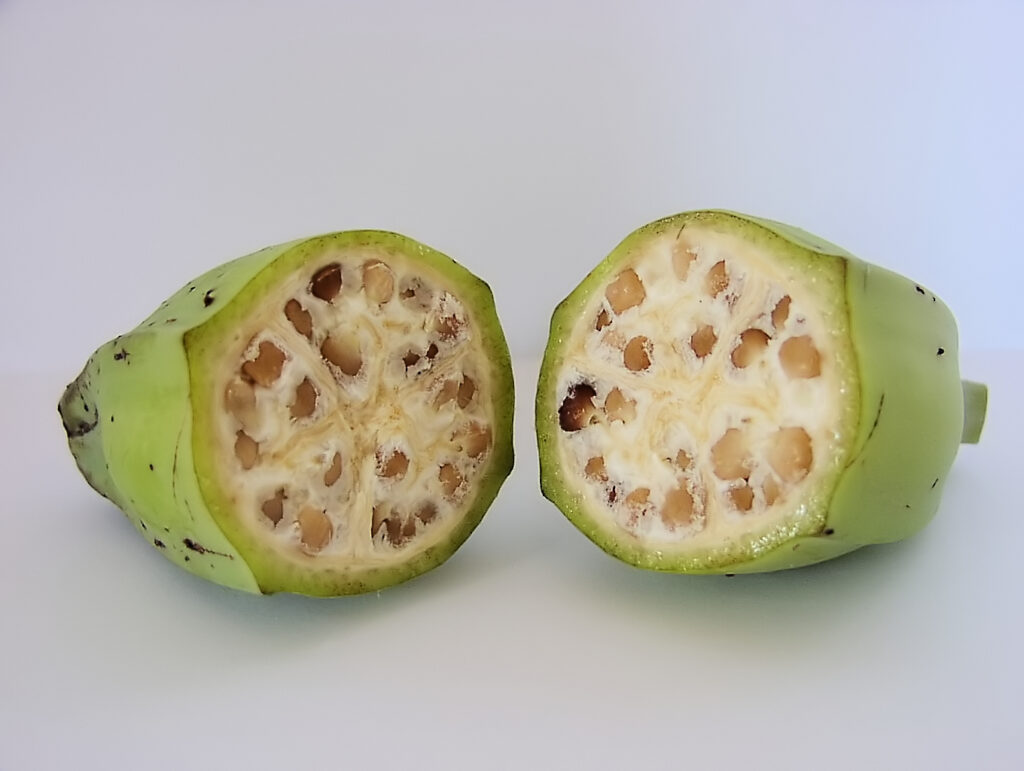
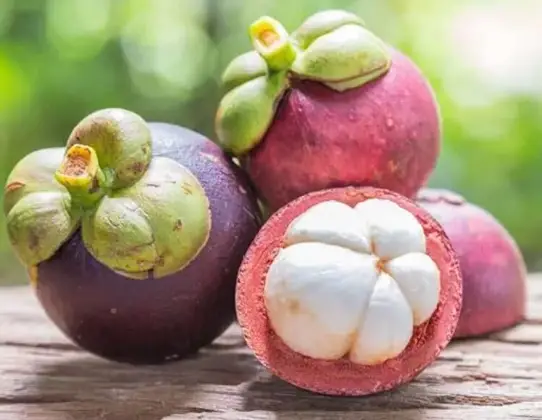
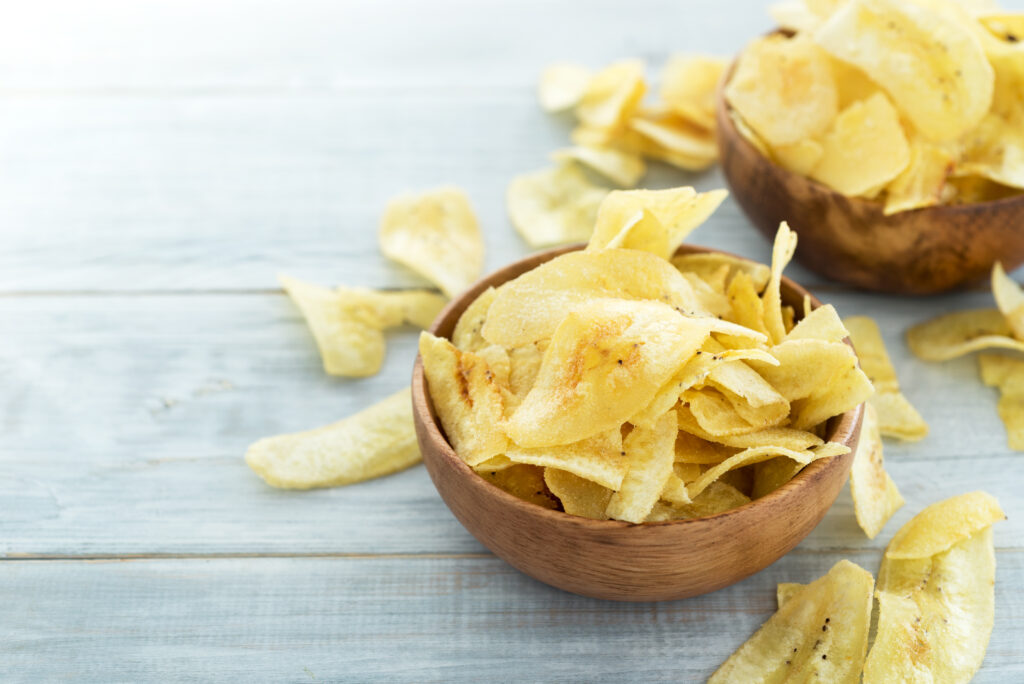

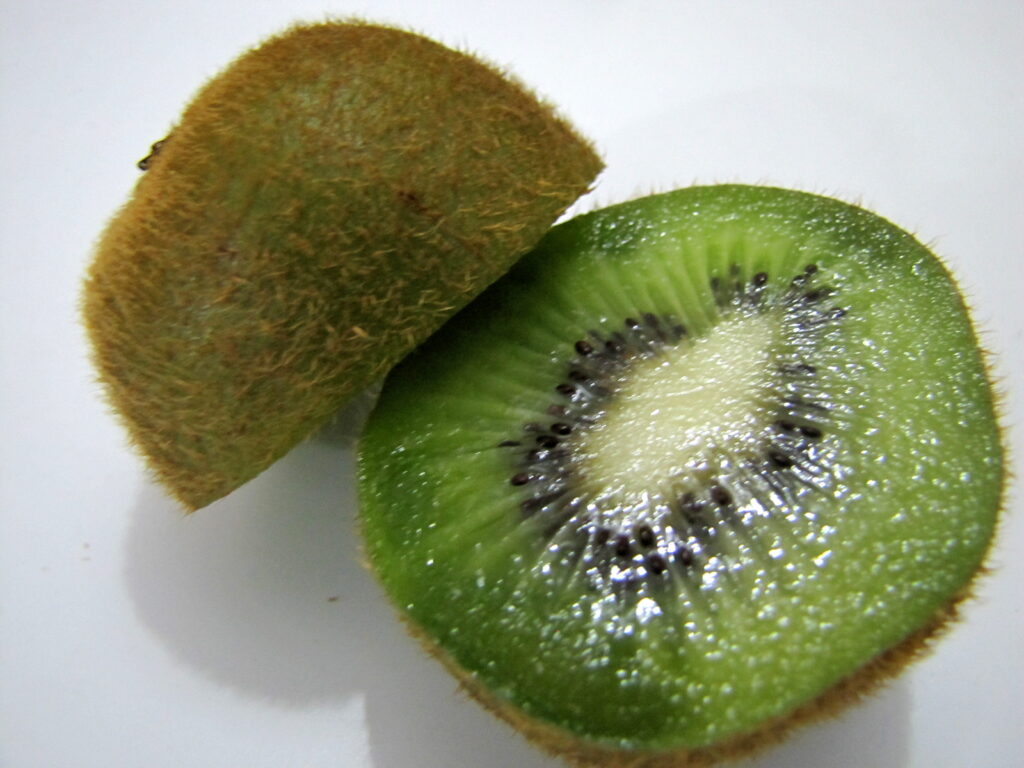
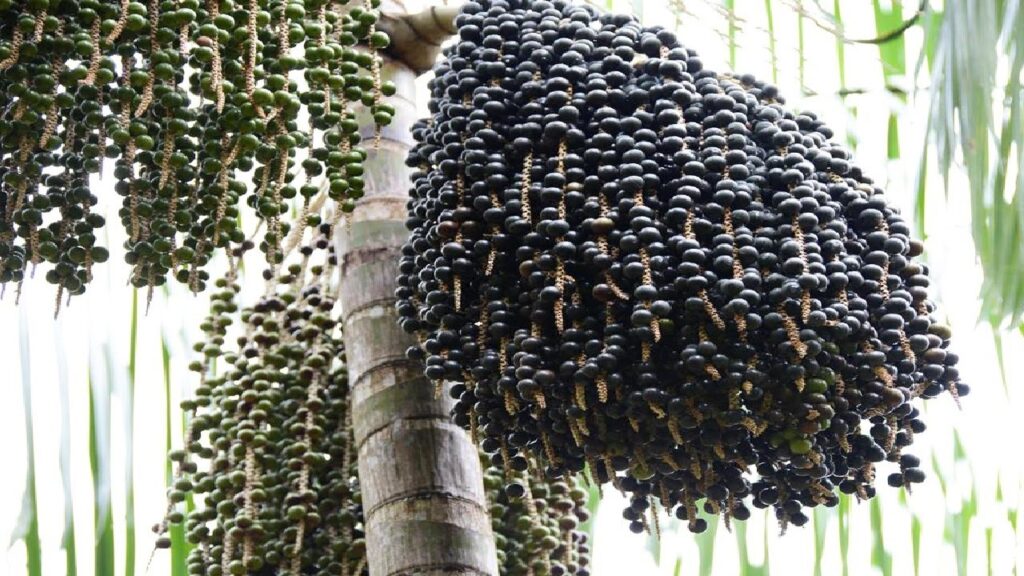

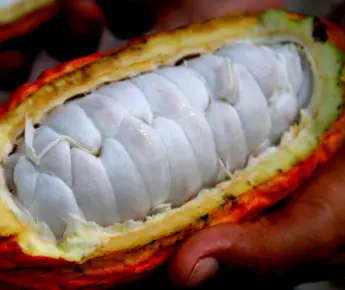
![What Is the National Fruit of Korea And Why? [ANSWERED]](https://fruitonix.com/wp-content/uploads/2023/04/What-Is-the-National-Fruit-of-Korea-And-Why-1024x683.jpg)
